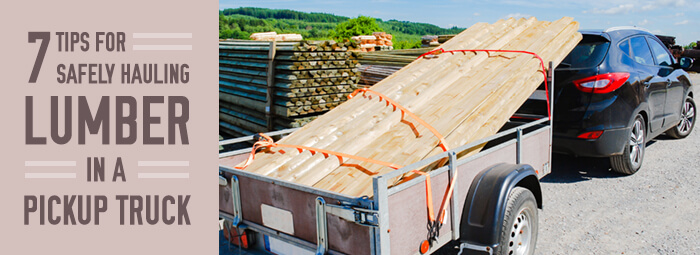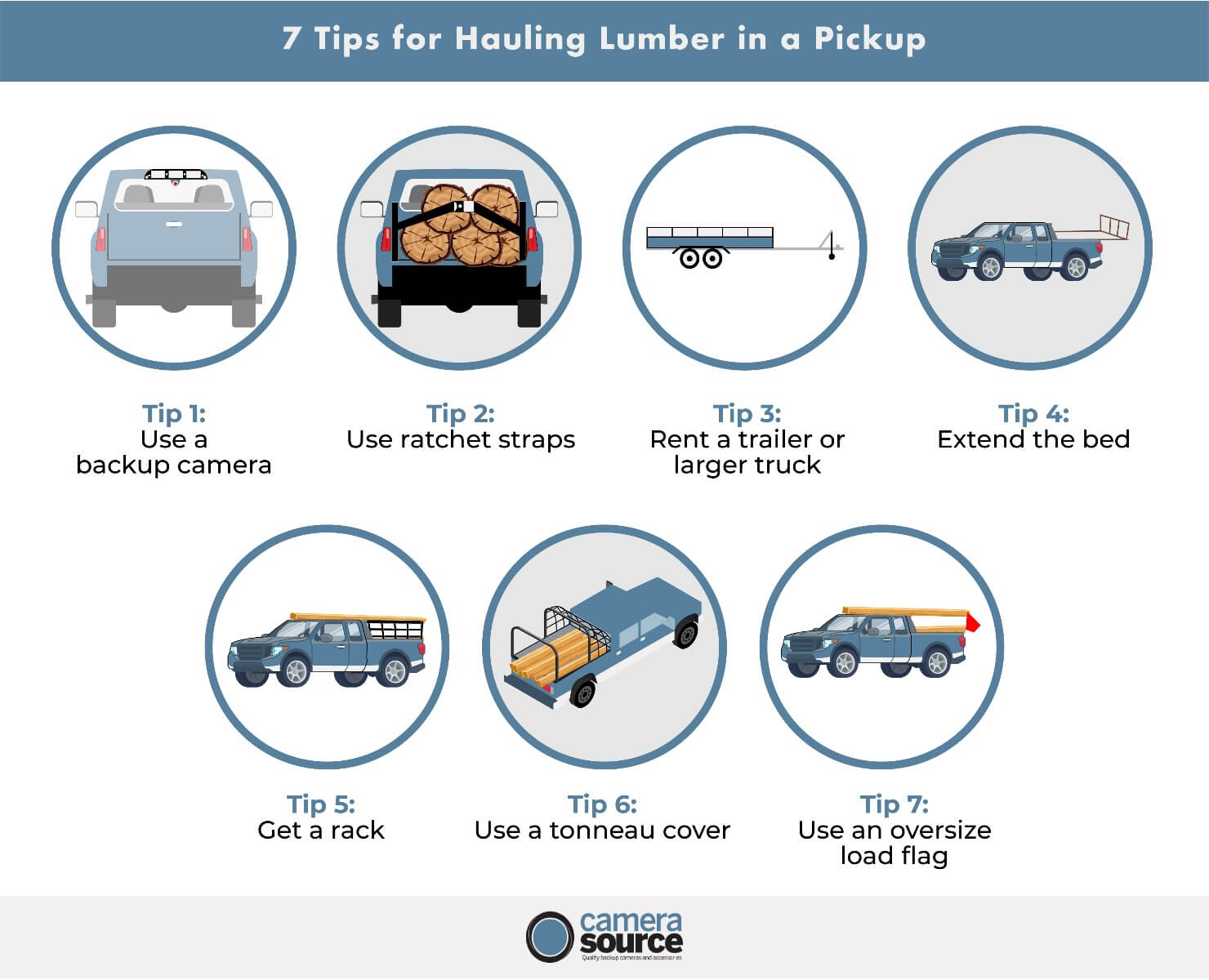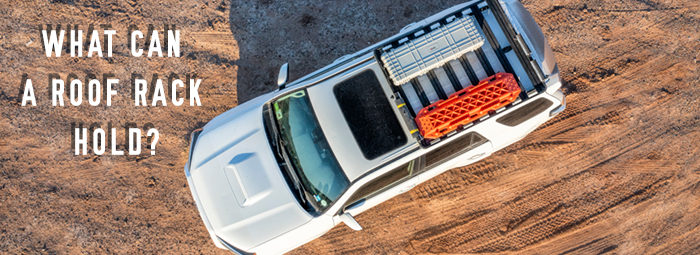The average pickup bed is six to eight feet long. So how do you haul 16 ft lumber or even 20 ft lumber in your pickup truck? Rather than letting it haphazardly hang from your truck, use these tips to help you better understand how to transport lumber in a pickup truck, how to tie it down, and how to secure long loads.
Camera Source is familiar with taking the extra steps to ensure safe driving, not only by providing the best backup cameras at the best prices, but also by helping drivers like you transport large loads like lumber with these tips.
1. Install a Backup Camera
Keeping an eye on the load is key to keeping safe and avoiding accidents when you’re moving lumber from place to place. In addition to a standard backup camera, installing a camera that can monitor the bed, like a third brake light backup camera or an adjustable surface mount backup camera, to ensure cargo stays where it needs to be for the journey can give you peace of mind. Installing a side camera can also be helpful in these instances of oversized loads to help you monitor their clearance and avoid a collision.
2. Always Use Ratchet Straps
Ratchet straps are strong and durable. Four 15 foot heavy-duty ratchet straps, with a minimum load limit of 1,000 pounds and a break strength of 3,000 pounds, are sufficient enough to hold down the lumber.
How do you tie down lumber in a truck?
If you’re hauling a large load of long lumber, don’t rest it on a raised gate—it just can’t handle that kind of weight. For loads heavier than 250lbs, you will need to lower the tailgate and place down your first strap.
Start by laying out two or more ratchet straps along the bottom of the bed and load the longest and heaviest lumber over the straps. Then stack shorter lengths on top. Secure the cab end, the middle and the trailing end with the straps.
Next, anchor the bundle to the truck bed with two ratchet straps. Crisscross the ratchet straps across the load, attaching one end to the cab end anchor rings and the other end to the farthest bundle strap.
Remember that tail swing can be dangerous if you have extended loads on a vehicle with a shorter wheelbase. Right turns can cause damage to the surrounding vehicles, so always be aware of what’s going on around you when turning.
3. Rent a Trailer or A Larger Truck
While it can sometimes be frustrating, if the lumber load is too large for the truck, you’re going to need to get a bigger vehicle. Enclosed trailers, utility trailers, and box trucks can be the most successful way to properly haul a load to the dump. If you need one for only a short time, you can rent one. If you’ll be regularly transporting large loads that won’t fit in your vehicle, it may be worth looking into purchasing a trailer or larger truck.
4. Extend the Bed
Instead of purchasing a new pickup truck with a longer bed length or a trailer, equip your current one with a bed extender. A bed extender allows for long cargo, like lumber, to be easily stored without fear of falling out of the tailgate. Installing a bed extender is one of the best ways to transform your truck into a highly functional workhorse. The ability to extend your truck bed by two to three feet allows you to carry and transport oversized items that otherwise wouldn’t fit.
5. Get a Rack
A bed rack, sometimes called a ladder rack, is a versatile tool that can be placed on the top of your truck bed for extra room and carrying capacity beyond the tailgate. This extends the length of a load you can safely transport by allowing you to take advantage of overhang limits in the front and rear of the vehicle.
6. Try a Tonneau Cover
A heavy-duty tonneau cover can provide another platform for you to secure loads. These covers can be used in conjunction with bed racks. Some covers have built-in cleats for you to use when tying down and securing your load. They can also provide a little extra assurance that contents won’t fly over the tailgate when the vehicle is in motion.
7. Flag it Up
If you’re carrying any volume of load, a flag is a good idea, but if you have an oversized load, make sure you mark it with a bright sign or flag. When objects protrude from the tailgate, make sure it’s within the limit by measuring.
How far can lumber hang from a truck?
The amount of overhang a vehicle is allowed to have varies by state, so make sure you check what the allowed distance is in your state. According to the United States Department of Transportation's Federal Size Regulation law, commercial trucks' oversized loads are allowed to extend three feet in front of the vehicle, four inches on the side, and four feet in the rear.
For good measure, a good rule of thumb is to mark your load if it extends a foot or more to the front, side, or in the rear. Getting into an accident on the road because of visual impairment or collision caused by cargo hanging over the tailgate is just about the worst-case scenario. Most flags are made of durable and weather-resistant material and are brightly colored to keep hazards visible. It should be fairly easy to find one, and to adhere it to your load.
A backup or side camera can be helpful in these instances of oversized loads to help you monitor their clearance and avoid a collision. At Camera Source, we have some of the most affordable and easy to use cameras in the business, and if you shop with us, you’ll get great customer support too. Get in touch with us today for assistance.









